Yugatech #TBT (Throwback Thursday), is a weekly stint where we pay tribute to old technologies/inventions that paved the way for devices that we know today. That said, we think that it’s only appropriate to jump start this with the “Mother of all Throwbacks” coined Le Point de View de la Fenêtre du Gras.
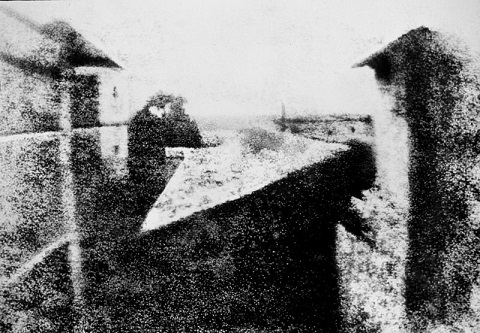
The world’s first permanent photograph. Le Point de View de la Fenêtre du Gras by Joseph Nicéphore Niépce circa 1826.
At first glance, it’s quite challenging to make out anything from the photograph above, but that’s actually a view from a window at Joseph Nicéphore Niépce’s estate called Le Gras which is considered by many as the birthplace of photography.
Le Point de View de la Fenêtre du Gras or commonly known as “View from the Window at Le Gras” was shot using a Camera Obscura and went down in history as the earliest surviving permanent photograph.
Joseph Nicéphore Niépce: The unsung father of photography
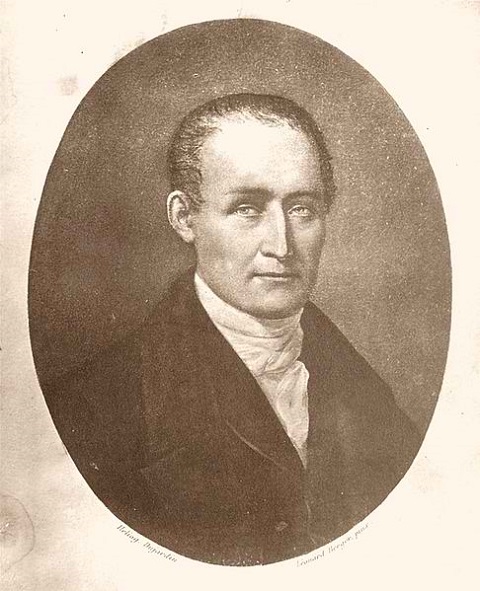
Portrait of Joseph Nicéphore Niépce.[ Image Source]
Although the concept behind camera obscuras have been around long before Niépce (pronounced as knee-yeps) took his famous photograph, early humans were never able to permanently place their captures on paper (or any material for that matter).
The problem was the chemicals used during those times to produce photographs were prone to fading. This inspired Niépce to come up with a solution that eventually led him to the invention of photographic process he called Heliography which literally means sun writing.
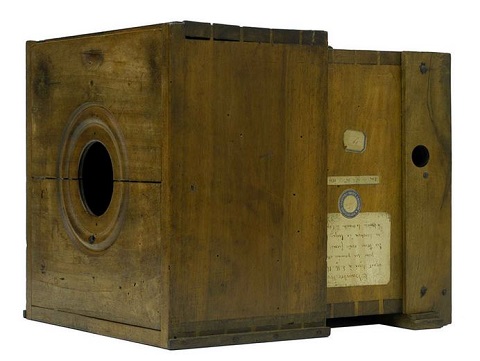
The actual Camera Obscura that Niépce used to capture the View from the Window at Le Gras. [Image Source]
The process involved the use of a light-sensitive material called Bitumen of Judea (or Syrian Asphalt) which is then dissolved in lavender oil. He then used this mixture to paint a sheet of pewter which he used together with his camera obscura to take his world renowned photograph.
It’s believed that it took an 8-hour long exposure in order to photograph the View from the Window at Le Gras. To eliminate blur caused by the camera movement, Niépce mounted his camera obscura on a wooden pedestal that looked similar to a tripod.
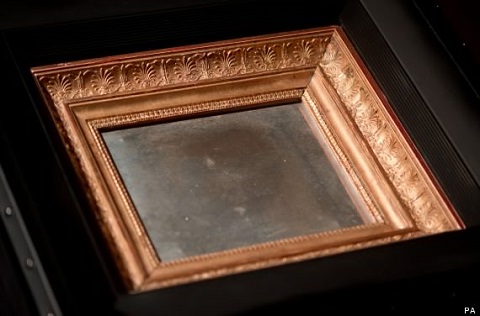
The pewter plate used for Le Point de View de la Fenêtre du Gras. [Image Source]
But as priceless as Niépce’s contribution may seem, he didn’t get the credit that he deserved for his work. Instead it was Louis-Jacques-Mandé Daguerre that was named as the one of the founding Fathers of Photography with the invention of photographic process he coined Daguerreotype.
The concept behind the Daguerreotype began in 1829 when Niépce collaborated with Daguerre to further refine his photographic process using lavender oil called Physautotype. Unfortunately, Niépce died of stroke four years into the partnership leaving his son, Isidore Niépce, to continue what he started.
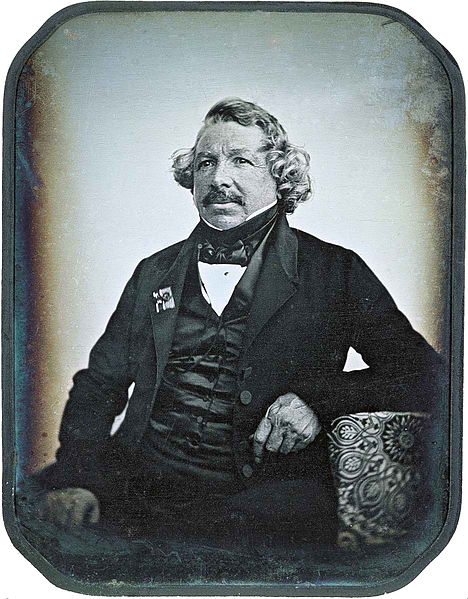
Portrait of Louis-Jacques-Mandé Daguerre by Jean-Baptiste Sabatier-Blot. Circa 1844 [Image Source]
Although Isidore tried to pick up where his father left of, Daguerre was believed to be secretly refining the Daguerreotype and was planning to totally remove Isidore out of the picture, taking all the credit for himself. Daguerre succeeded in his devilish plot and in 1839 the Daguerreotype became a huge hit across Europe and has reached US where it garnered more success.
It wasn’t until 1952 when photo historian and collector Helmut Gernsheim told the world about the unsung hero of photography through the discovery of the pewter plate that Niépce used for the world’s first photograph. Gernsheim donated the said plate and now hangs inside the Harry Ransom Humanities Research Center at the University of Texas.








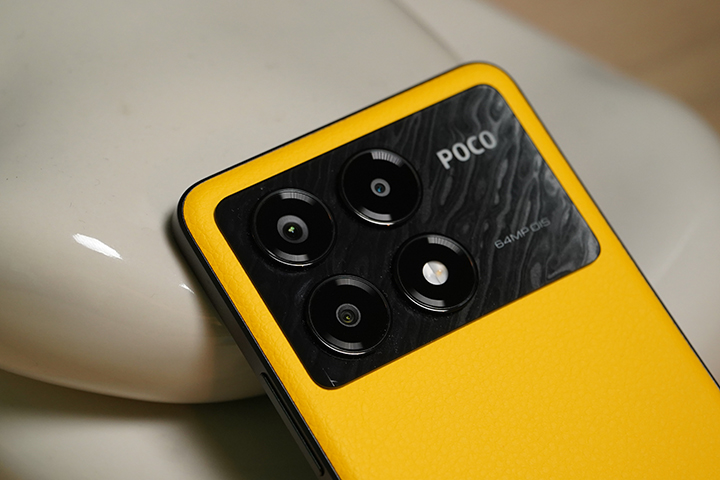



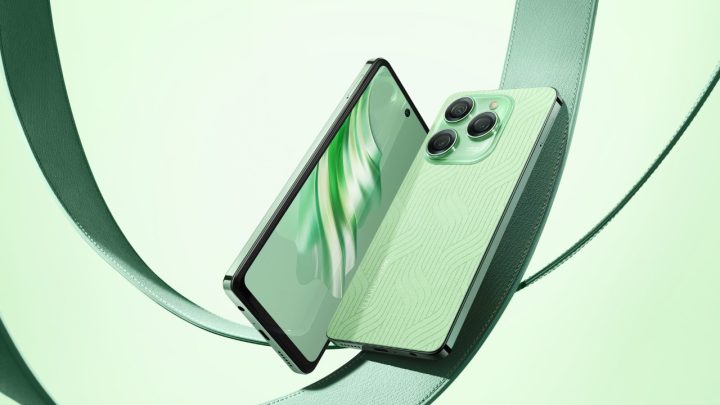
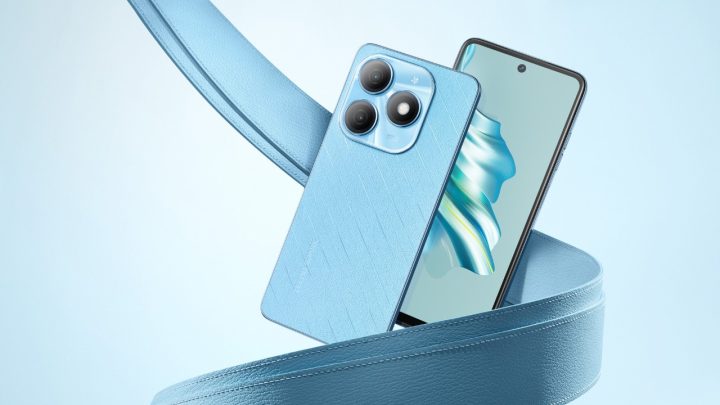















Josme! Pati pa ba dito may throwback Thursdays din?!?! I always liked the articles here kasi ang FB dinudumog ng mga punyetang TBT na yan tuwing Thurs., tapos pati dito meron na rin. Haaaayst!
Yugatech is jumping on the bandwagon. How very sad!
this is one of the few throwback Thursday post that makes sense. This is informative, relevant to the blog and IS NOT ANOTHER GADGET REVIEW!!!
that photo taken in 1826, Joseph Niepce, a Frenchman who worked with Daguerre, took the world’s first photograph. The photo needed an exposure time of eight hours. It shows a view of a city from a window.
Source: Photo Captured by Daguerreotype
How photography evolves, it comes so fast. From that huge plywood wood box to a match box like devices. Hows photography looks like in the future.
In addition if I am correct, the first photography done in late b.c. period. They draw a subject on the wall with the aid of a piece of glass as reflector.
Yup that IS considered photography.